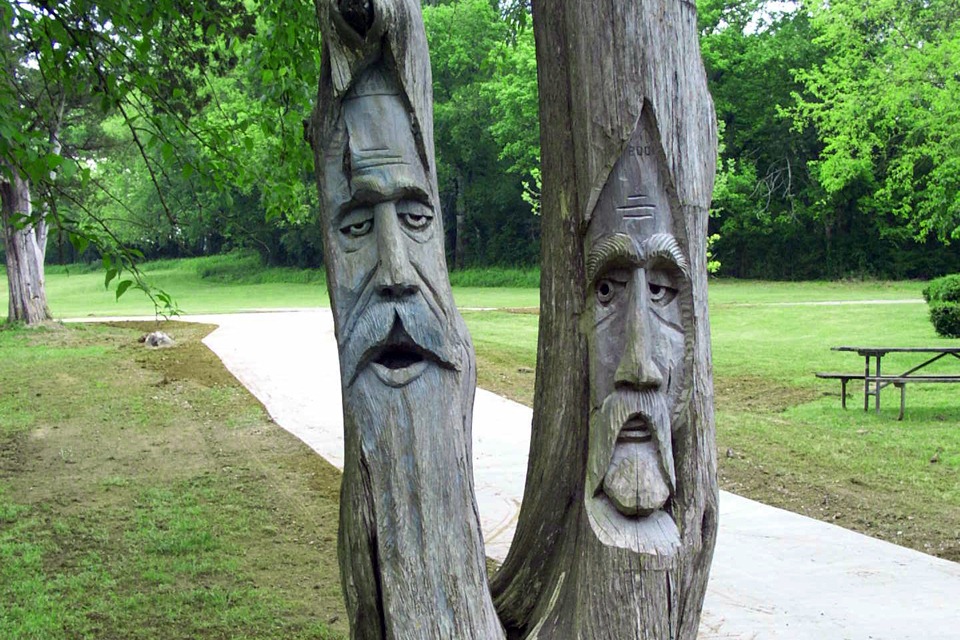The Boab Prison Trees of Australia
australia boab Nature prison treesThe Australian baobab tree, a relative to the baobabs of Madagascar and mainland Africa, is a large tree with a big swollen trunk that resembles a bottle. So sometimes they are also called "bottle trees". Because of their unusual shape, and the fact that they are one of the longest-living life forms in Australia, baobabs have always attracted sightseers. Some baobabs have drawn more tourists than others.
There is one such baobab on the King River road just south of Wyndham in Western Australia. The tree is about 15 meters in circumference and the trunk is hollow. On its hollow trunk, a door was cut to give access to its roomy interior. The story goes that once a police patrol, in the nineties of the 19th century, was leading a group of aboriginal prisoners to Derby for sentencing, when they halted at Wyndham for the night. The patrol team noticed that the tree was hollow, and so they cut a small opening and put the prisoners inside.

The Boab Prison Tree in Derby. Photo credit: Marie-Luise Klaus/Flickr
There is one such baobab on the King River road just south of Wyndham in Western Australia. The tree is about 15 meters in circumference and the trunk is hollow. On its hollow trunk, a door was cut to give access to its roomy interior. The story goes that once a police patrol, in the nineties of the 19th century, was leading a group of aboriginal prisoners to Derby for sentencing, when they halted at Wyndham for the night. The patrol team noticed that the tree was hollow, and so they cut a small opening and put the prisoners inside.

The Boab Prison Tree in Derby. Photo credit: Marie-Luise Klaus/Flickr








